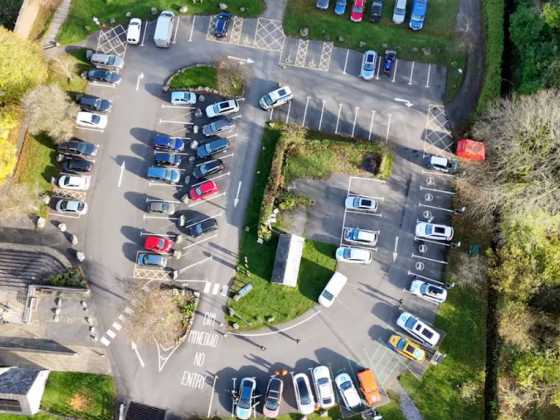99 per cent of London does not meet WHO air pollution limits
A new study by researchers from Imperial College London’s Environmental Research Group, commissioned by City Hall has found that ninety-nine per cent of London does not meet WHO recommended limits for PM2.5.
The study found that in 2019 toxic air contributed to the deaths of more than 4,000 Londoners. This includes deaths from all causes including respiratory, lung cancer and cardiovascular diseases.
The greatest number of deaths attributable to air pollution were in outer London boroughs, mainly due to the higher proportion of elderly people in these areas, who are more vulnerable to the impacts of air pollution. The boroughs with the highest number of air pollution related deaths in 2019 were Bromley, Barnet, Croydon and Havering. This underlines that pollution is not just a central London problem.
City Hall research shows that those exposed to the worst air pollution are more likely to be deprived Londoners and from Black, Asian and Minority Ethnic communities. There is also emerging evidence linking air pollution with an increased vulnerability to the most severe impacts of COVID-19.
On a more positive note, the Mayor of London's air quality policies and wider improvements in air pollution are predicted to increase the average life expectancy of a child born in London in 2013 by six months.
Between 2016 and 2019 there were significant improvements in London’s air quality. This resulted in a 97 per cent reduction in the number of state primary and secondary schools located in areas exceeding legal pollution limits – from 455 in 2016, to just 14 in 2019 and a 94 per cent reduction in number of Londoners living in areas exceeding legal limits for nitrogen dioxide (NO2).



